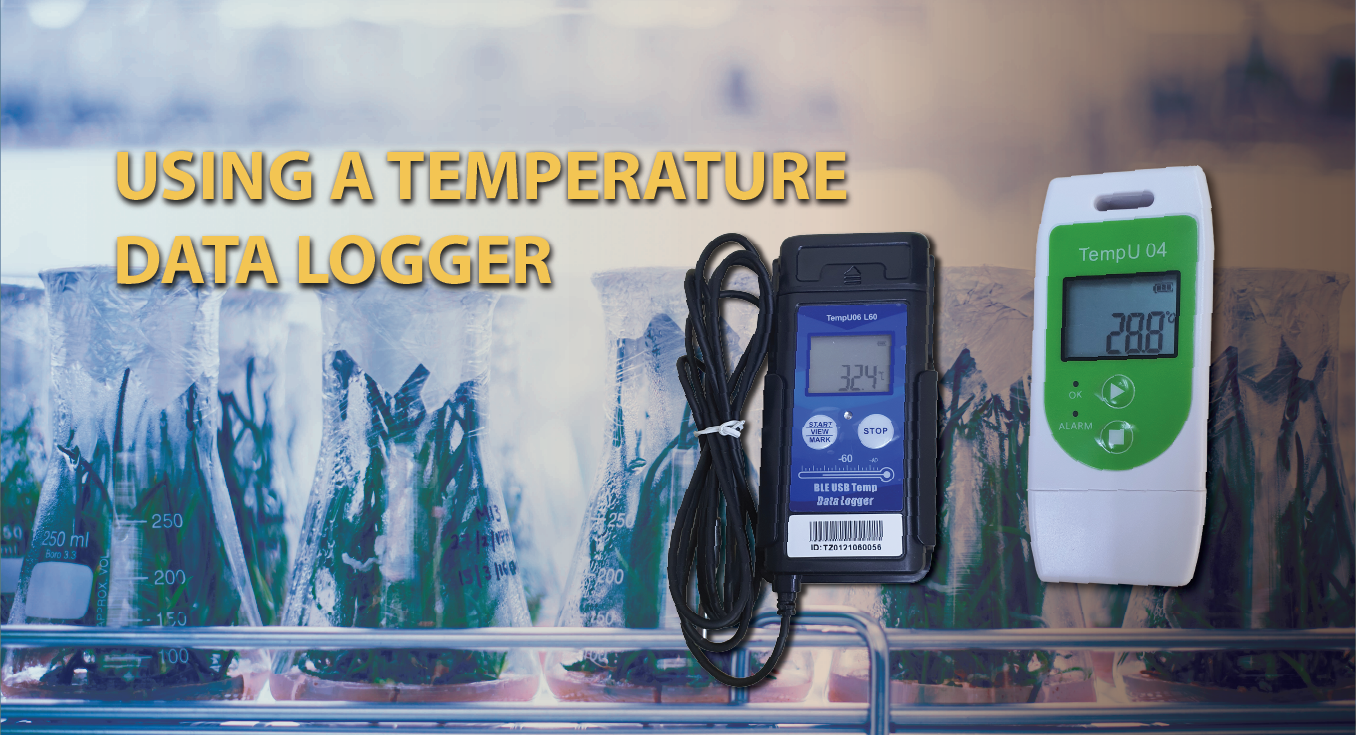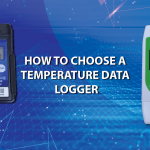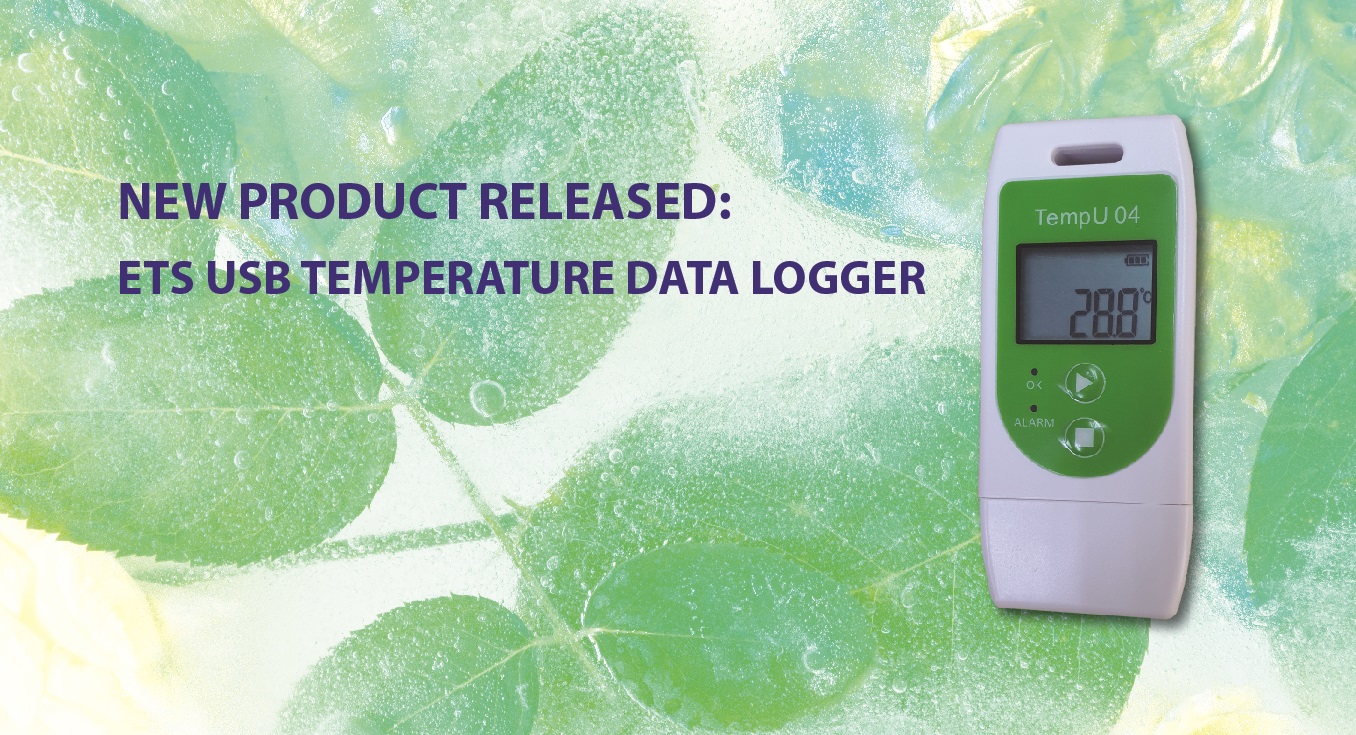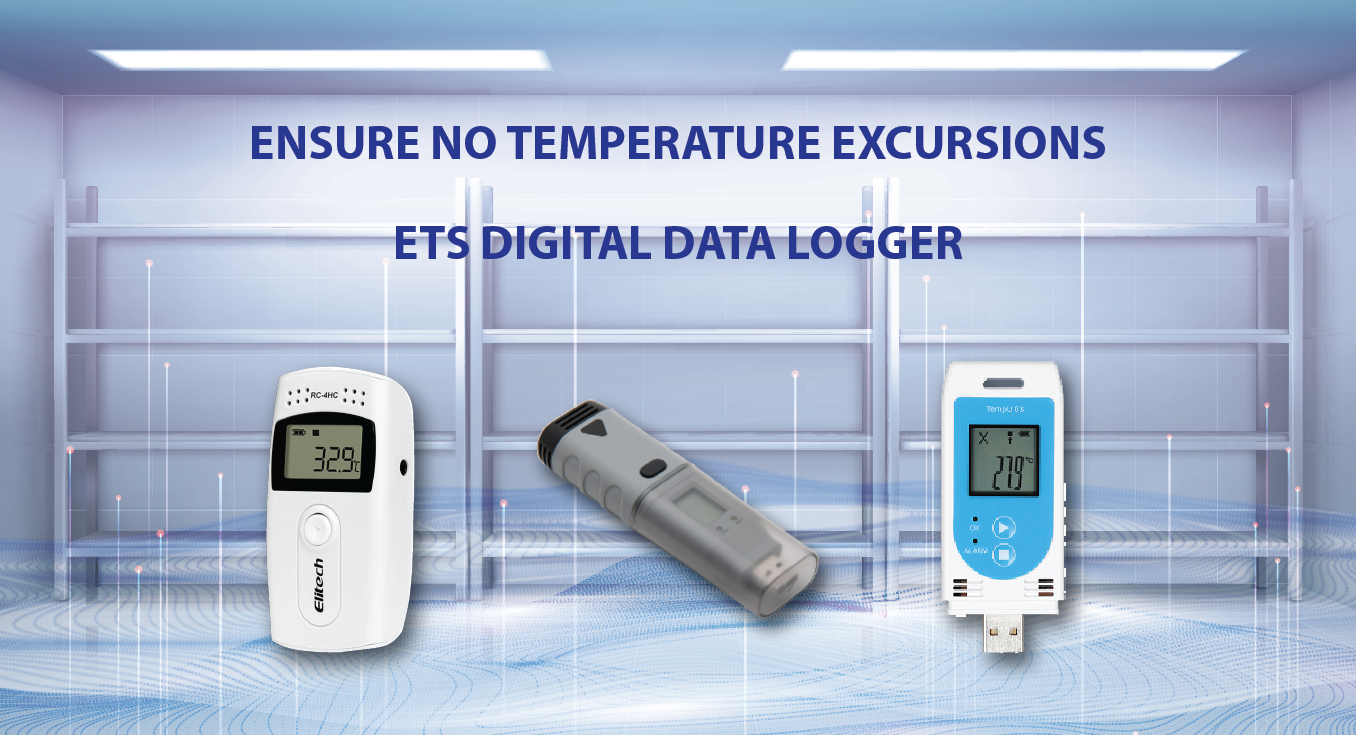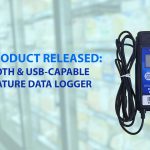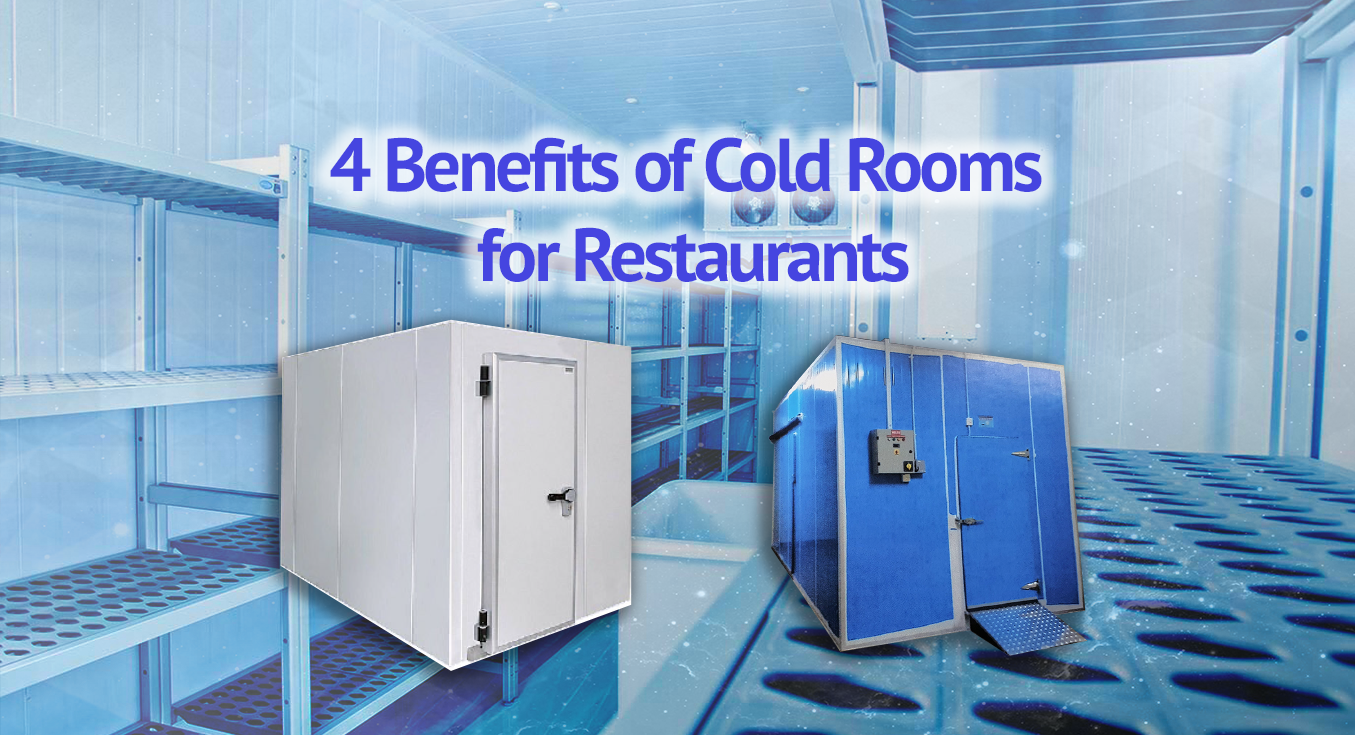If you are storing any products from food to pharmaceuticals, the data of the temperature of your stored products can be used to optimise processes, troubleshoot issues, and ensure compliance with temperature regulations and standards.
With the advancements of technology today, the recording and reporting process can be greatly expedited with the use of temperature data loggers in comparison with previous manual methods.
Hence, it is important to know what to do before using a temperature data logger in order to ensure your data is as accurate and reliable as possible.
Below are the top five things to know:
1. Initial Configuration
To begin with, most temperature data loggers come equipped with batteries and an internal microprocessor. Before using the data logger, it will need to be configured first. You will need a communication interface and the free companion software of your data logger. If it comes with a built-in USB, you can easily connect it to your computer’s USB port.
For the initial configuration, setting a sampling interval rate of 15 to 30 minutes is more than sufficient for recording data. However, this sample rate should take into consideration the fluctuation likelihood of the environment or appliance.
A higher frequency sampling rate may mean that your temperature data logger will record more data but it doesn’t necessarily guarantee higher quality data. On the other hand, a slower sample rate allows more data to be recorded across a wider range of safe storage temperatures.
2. Calibrating Your Temperature Data Logger
Upon purchase of a temperature data logger, you may need to calibrate it in order to ensure its accuracy. Each industry has its own set of best practices when it comes to calibration and measurements so you will need to compare them accordingly. Calibration ensures that your temperature sensor is working efficiently and provides assurance that your products will be monitored accurately.
3. Positioning of Temperature Probe
Where the temperature probe will go is vital towards recording the highest quality data. The temperature sensor inside a probe is static, therefore it can only record its surrounding vicinity from that one point. To avoid errors in the data collection process, try to ensure the probe is placed in areas where temperatures cannot inadvertently fluctuate.
4. Test the Temperature Sensor Alarm
Your temperature monitoring system must be consistently tested to ensure that there are no flaws. This means that testing functions like alarms should not left aside. Notifications to users who are the primary points of contact should also be tested in order to ensure that they can respond to emergencies and fix any issues immediately.
5. Regular Reviews of Temperature Monitoring System
After calibrating and installing your temperature monitoring system, it’s vital to schedule regular reviews on it. Checks should cover whether the temperature data logger and sensor probe are facing any technical issues, as well as ensuring the configuration such as the sampling rate remains accurate.
LOOKING FOR A DIGITAL DATA LOGGER?
ETS offers a range of Digital Data Loggers to suit various requirements. Check out our Digital Data Loggers for more information.
Drop us a line if you have questions.

